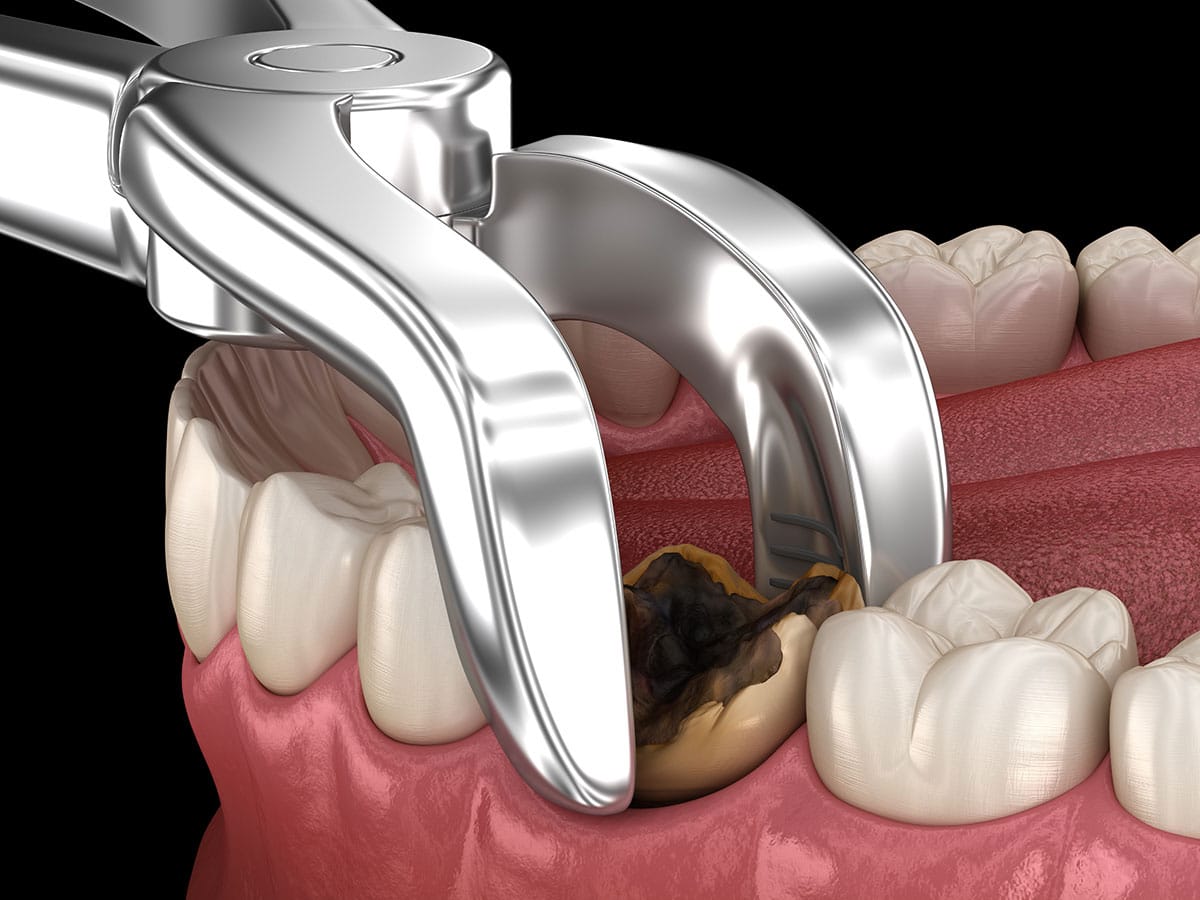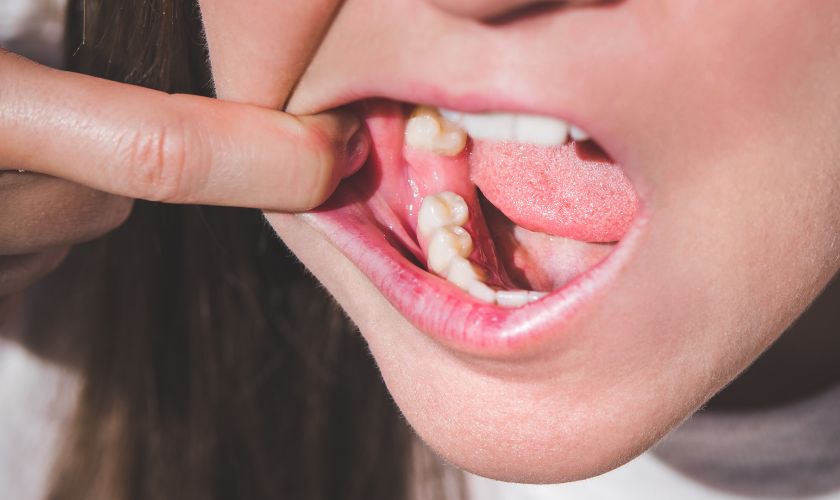Wisdom Tooth Removal in Fresno: IV Sedation or General Anesthesia?
Have you been suffering from acute pain due to wisdom teeth? If so, it’s time to get that tooth extracted with the help of an oral surgeon in Fresno! However, without proper sedation techniques, no surgeries can be performed. Hence, the sedation dentist in Fresno recommends choosing the best type of anesthesia, which is a significant decision! Knowing the available sedation options can positively impact your wisdom tooth removal experience, whether for a hassle-free process or something more challenging.
Experienced oral surgeons in Fresno are committed to ensuring patients feel relaxed and informed throughout the process, including IV sedation or general anesthesia. Hence, this article will discuss everything you need about sedation techniques for wisdom tooth extraction. Let’s get started!
General Anesthesia for Wisdom Tooth Extraction
It’s a widely used anesthesia type, which is executed for tricky removals or if the patient has extreme fear or anxiety about the process. This type of anesthesia will cause you to lose all your consciousness and memories throughout the surgery. There are several ways in which the surgeon might administer it. For instance, you might obtain an IV or medication.
While being on general anesthesia, you will be thoroughly analyzed by a team of medical professionals to ensure your body responds perfectly and no further issues loom. Once the surgery is done, you will be taken to a recovery room, where the anesthesia will fade gradually.
Benefits of General Anesthesia in Dentistry
- Comfort of the Patient – Advantageous for potentially intimidating or long dental surgeries.
- Complete Unconsiousness – It ensures the patient remains completely unaware of the removal process.
- Accuracy – It lets the surgeon work diligently without patient movement, which is vital for challenging operations.

IV Sedation Anesthesia for Wisdom Tooth Extraction
Sedation anesthesia can let you feel comfortable and calm during the surgery. This type of anesthesia is administered via IV injection or inhalation. Compared to general anesthesia, sedation anesthesia doesn’t make you senseless; instead, it will make you feel sleepy and less familiar with the process. This type of anesthesia is perfect for patients with intimidation or anxiety about the process and also be recommended for highly intricate or extended extractions. Akin to general anesthesia, a medical unit will assess your vital signs and administer medications as required to ensure comfort and safety.
Benefits of IV Sedation in Dentistry
- Instant Recovery – Patients restore instantly and leave right after the wisdom teeth removal. Compared to general anesthesia, it will need hours of recovery.
- Anxiety Regulation – Perfect for anxious patients as it eliminates stress and boosts comfort. A highly comfortable process is likely to be a protected one.
- Memory Effects – Many patients have minimal memory of the process, which relies on the sedation degree. Some patients can reminisce bits and bobs of the process. Those under complete sedation might remember nothing at all.
- Safety – IV sedation is usually safer than general anesthesia, with a minimal chance of complications.
Selection Between General Anesthesia and IV Sedation for Dental Care
The selection depends on the particular dental surgery and other factors, including the patient’s anxiety levels, health, and preferences. For periodic dental work, local anesthesia or mild sedation is often adequate. This implies that neither general anesthesia nor IV sedation might be required. Dental professionals or surgeons reserve ID sedation for complicated and lengthy surgeries and patients with massive dental anxiety.
General anesthesia is mainly chosen for prolonged dental surgeries, and it helps patients who can’t be cured under lighter versions of sedation. Hence, knowing the differences among these types of anesthesia can significantly maximize your dental care experience. Both general anesthesia and IV sedation have acquired renowned places in contemporary dentistry.


